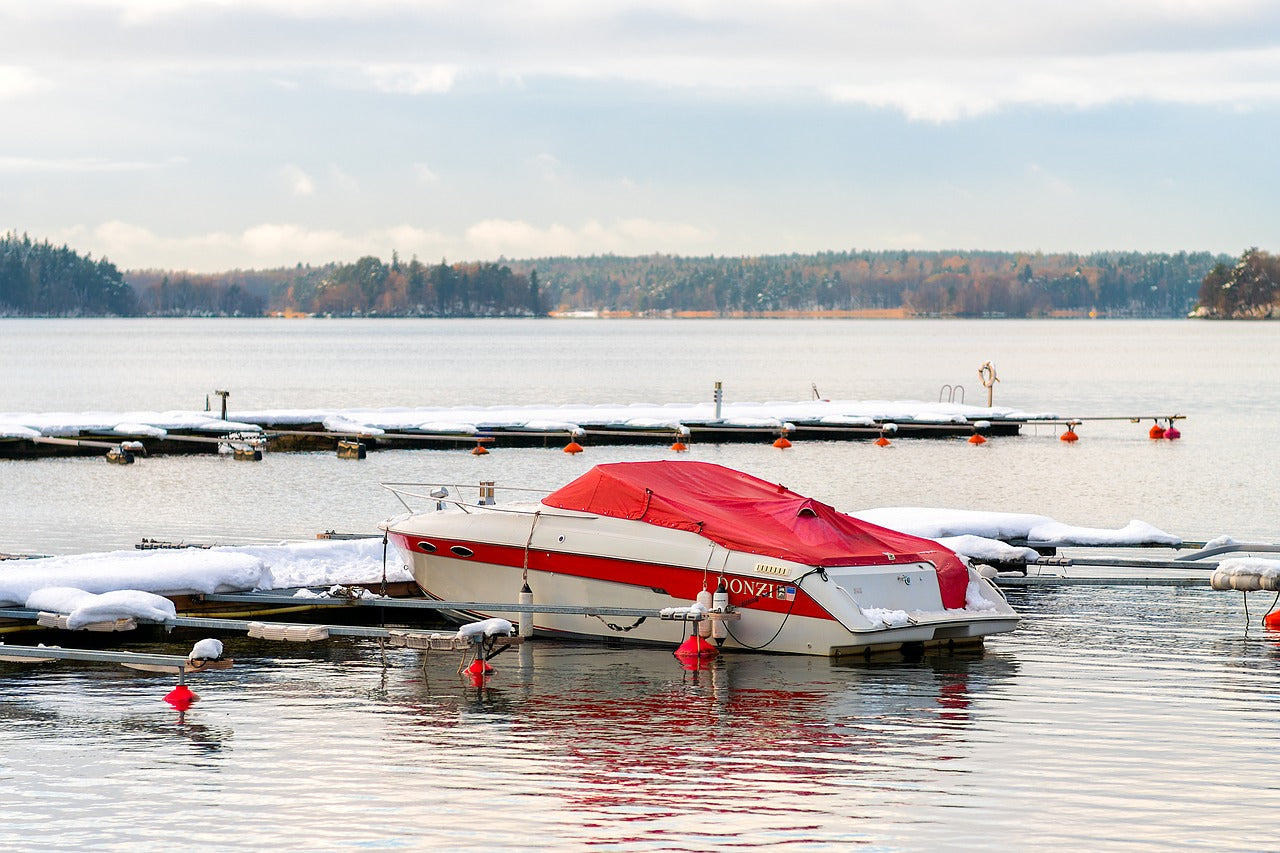10 Tips for Preparing Your Anchor Rode For Winter Storage

Your anchor and its chain and rode probably aren’t high up in your to do list when putting your boat to bed for the winter. However, it’s a job you should take care of, and it really isn’t all that difficult in comparison to some tasks.
Remove Your Rode
After removing your anchor and rode from the anchor locker, give it a good hose down to flush the gook and grime that’s accumulated. Make sure the drainage holes aren’t clogged with debris. Hose down your anchor and chain. This is a good time to examine your chain and shackles for any signs of damage. A bucket of appropriate size makes a good storage container for your chain.

Clean Your Rode
If available, fill a tub with fresh water and rinse out your rode. If it’s very dirty, add some gentle detergent to the water. The salt and sand can be abrasive and wear the fibers of your line. Salt prevents the rode from drying properly, so this is doubly important if you’re boating in salt water.
Mildew and Algae
Although mildew and algae don’t look particularly appealing, neither one weakens synthetic rope. However, if you want your boat’s line looking its best, you can soak it in vinegar water. Don’t use bleach, as it is harmful and can degrade the integrity of your rode.
Hot Water is A-Ok
Hot water produced by your hot water heater is not a problem for washing your line. Polyester and nylon rope are unaffected by water at that temperature range.
Using a Washing Machine
If you want to wash your rode in a washing machine, daisy chain the line to prevent it from becoming tangled. You can also put it in a mesh bag or pillowcase to avoid knots and tangles. Use a twist tie to hold the bag closed. Use the machine’s delicate cycle when washing your lines.
Soften the Rope
You can use a small amount of fabric softener to soften your rode. However, do not use much, as it prevents the line from drying properly.
No Pressure Washers
Do not use a power washer to clean your rode. The high water pressure can cause hidden underlying damage to the core of the line.
Dry Thoroughly
Flake your rode out in the shade to air dry. Nylon line should not be sun dried, as prolonged exposure to ultraviolet rays can damage the fibers.
Examine Rode for Damage
Use this time to examine your rode for any fraying or deterioration. Slightly worn rode can be put to other uses to extend their useful life, but an anchor rode should always be in tip-top condition.
Service Your Windlass
While you're at it, service your windlass at the same time according to the instructions in your windlass manual. This usually involves some disassembly, cleaning, re-greasing, and changing gear oil. That done, your ground tackle system will be ready to go next season!
Published
Recent Posts
Windlass Problems? Common Issues and How to Fix Them

Let's look at common issues with windlasses and how to address them:
1) Windlass Won’t Run in Either Direction
2) Solenoid Clicks, but Windlass Won’t Move
3) Windlass Lacks Power to Haul the Anchor
4) Rode Gets Jammed or Doesn’t Come In
Our history: a 20 year journey

Boat Cleaning Tips for Anglers: Keeping Your Vessel Spotless and Pristine

Avast, Ye Mariners! Master the Art of Docking: A Swashbuckling Guide for Boaters

Top Reasons to Keep a Boating Maintenance Log

4 Top Tips for Buying a New-to-you Used Boat

Bent Boat Anchor Shank: Common Causes and Prevention Tips

Prepare Your Boat For An Above Average Hurricane Season

Best Methods For Anchoring Your Jet Ski in Deep or Shallow Water

Best Options For Connecting Your Boat To WiFi Internet
